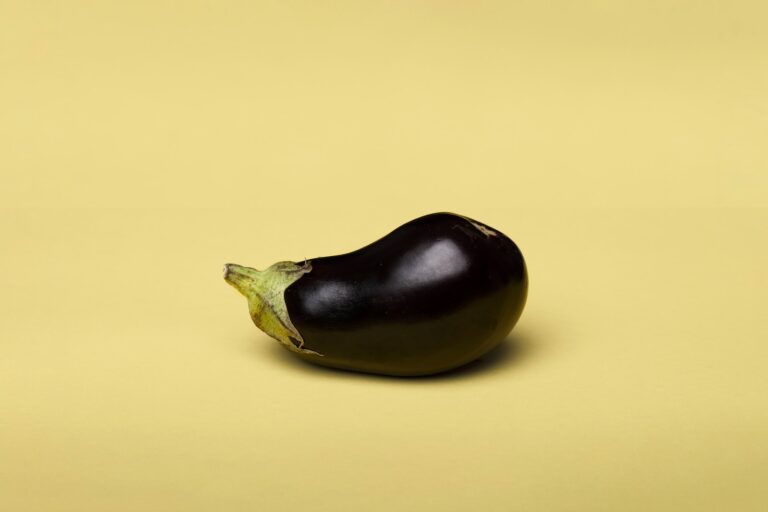A sudden change in color of your penis can be alarming. It can be a sign of an infection or something else serious like cancer.
When men are aroused their penises can turn a purple or red colour due to blood flow. This is nothing to worry about if it goes away after they have finished having fun.
Causes
Like the skin on most other parts of the body, a man’s dick and balls can change color from time to time. It’s usually nothing to worry about, but a sudden and dramatic shift in hue may signal a problem.
The most common reason for a blue or purple dick is bruising, caused by ruptured blood vessels beneath the surface that leak and change the surrounding tissue to a darker shade. This is normal and won’t last long. It can result from things like getting your dick caught in a zipper, overenthusiastic fucking or masturbation and minor injuries to the area from rough play.
A more serious injury is a hematoma, a large blood clot under the surface of the skin. This can cause pain and may feel lumpy to the touch. Hematomas on the penis or testicles require immediate medical attention because they could damage the delicate tissues inside.
Red or purple sores can also appear on the penis as a result of certain sexually transmitted diseases (STIs). This is particularly true for herpes, which can cause painful blisters to form in the area. Other STIs can also affect the genitals, including primary and secondary syphilis, herpes B, herpes C, and chlamydia. Other rashes and skin conditions, such as lichen sclerosus, can also target the genitals.
Symptoms
The penis is important for many things, including removing urine and having sex. A change in colour down there could be a warning sign that something is wrong. Usually, a bruise or spot is not a big deal but a sudden, dark purple colour could be a sign of a problem with blood flow in the area. Getting hit, catching your penis in a zipper or having rough sex can cause the tiny blood vessels underneath your skin to leak and turn it purple, blue or black, says Dr. Jamin Brahmbhatt, a urologist. Bruising on the penis may also be a sign of an infection called purpura, which is caused when your body’s immune system attacks the blood vessels, leading to inflammation. It is not contagious but can be painful and itch.
Your dick might also be changing colour because you are aroused. The tip of your penis may turn a deep red or purplish colour when you are aroused, especially when you have sex and masturbate. This is due to the increased blood flow in that area that helps you get and keep an erection.
Sores on the penis can be an early sign of sexually transmitted infections such as herpes or syphilis. These can be treated with antibiotics, but some STIs are lifelong infections that you have for the rest of your life.
Treatment
A healthy penis removes urine, allows for sex and reproduction and helps us stay alive. Problems with your penis can often give clues to other health conditions, including diabetes and high blood pressure.
Purple spots on your penis can also be a sign of an infection or an injury that requires medical attention. If you notice that your penis are a different color, especially if it’s accompanied by pain, see your doctor right away.
Most of the time, a change in the color of your penis is normal, but it’s important to get it checked out by a healthcare professional. It may be a sign of a serious condition, like cancer or a fractured penis.
Other signs of a broken penis include a painful bump, bleeding or a hole in the skin of your penis. Infections can cause purple sores on your penis, including sexually transmitted infections (STIs). These are diseases that you can catch from someone else. These can include trichomoniasis, chlamydia, herpes and syphilis. Some STIs are curable, while others are not.
Other causes of purple blemishes on your penis are skin conditions, such as lichen sclerosus and vitiligo. These are autoimmune disorders that can affect other parts of your body, as well as your penis. These conditions can result in hypopigmentation and skin atrophy. Vitiligo, in particular, can be triggered by other autoimmune diseases like psoriasis and diabetes.
Prevention
Just like any other part of our bodies, the penis can bruise and change colour. It’s not always something to worry about, but if the change in colour is accompanied by pain, itching or any other unusual symptoms then you should seek medical attention. A visit to a urologist will be necessary to ensure that you don’t have a serious injury or circulation problem such as a haematoma.
The tip of the penis, also known as the glans, can become purple due to increased blood flow around it when men are aroused. This is a completely normal and harmless process but if the change in colour persists after sexual activity it could be a warning sign that something is wrong.
Foreskin issues such as contact dermatitis and psoriasis can also lead to red-purple patches on the penis. Sexually transmitted infections such as genital herpes and syphilis can cause purple sores on the glans too, which may be accompanied by pain, itching and fever.
The best way to protect your genital health is to check the glans on a regular basis and to practice safe sex. Limiting sex partners to one or two and using condoms when you do have sex will help reduce the risk of contracting an STD. It’s also important to avoid trauma to the glans such as getting caught in a zipper, rough sports or rough sex.
See Also:



